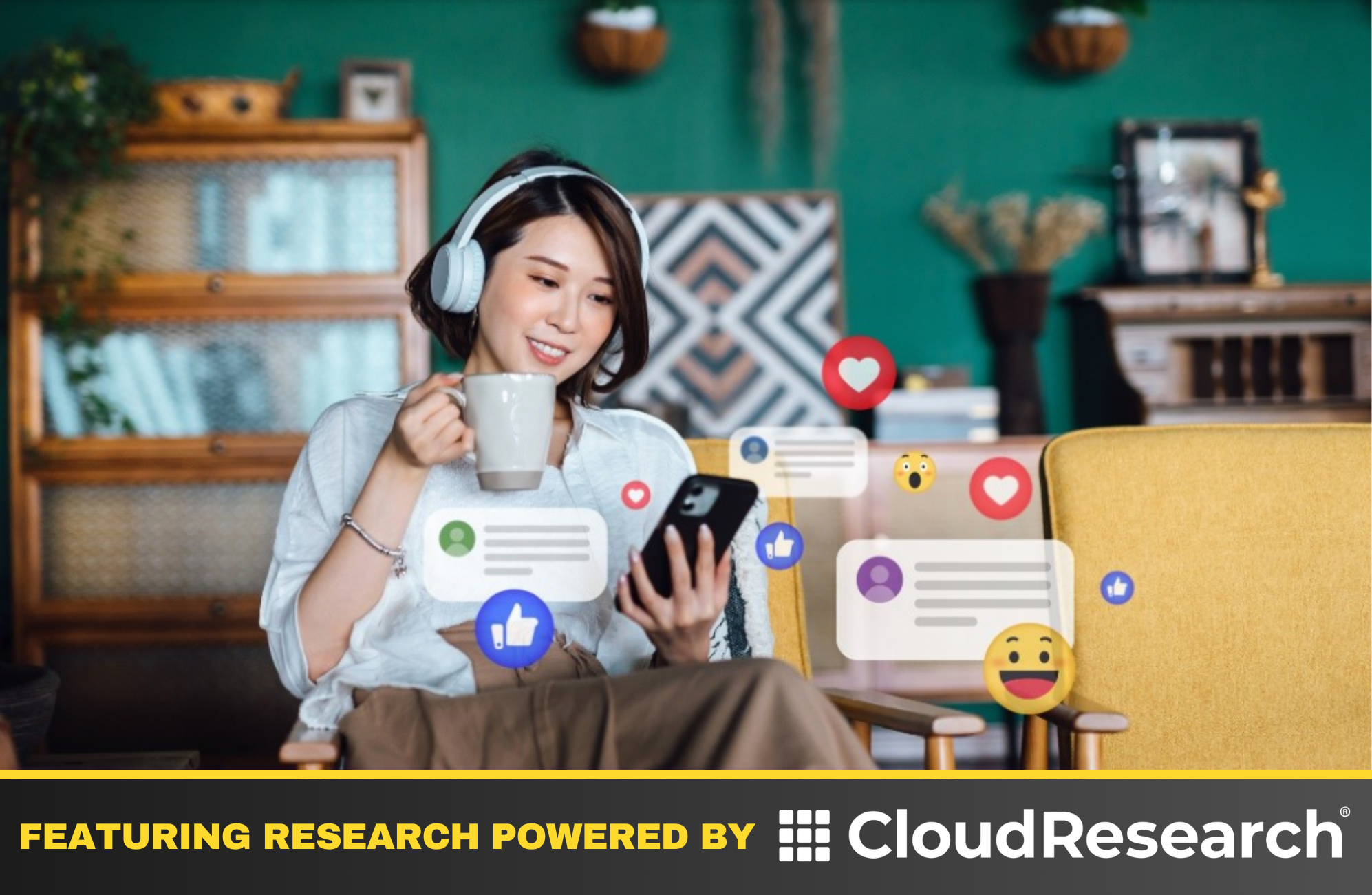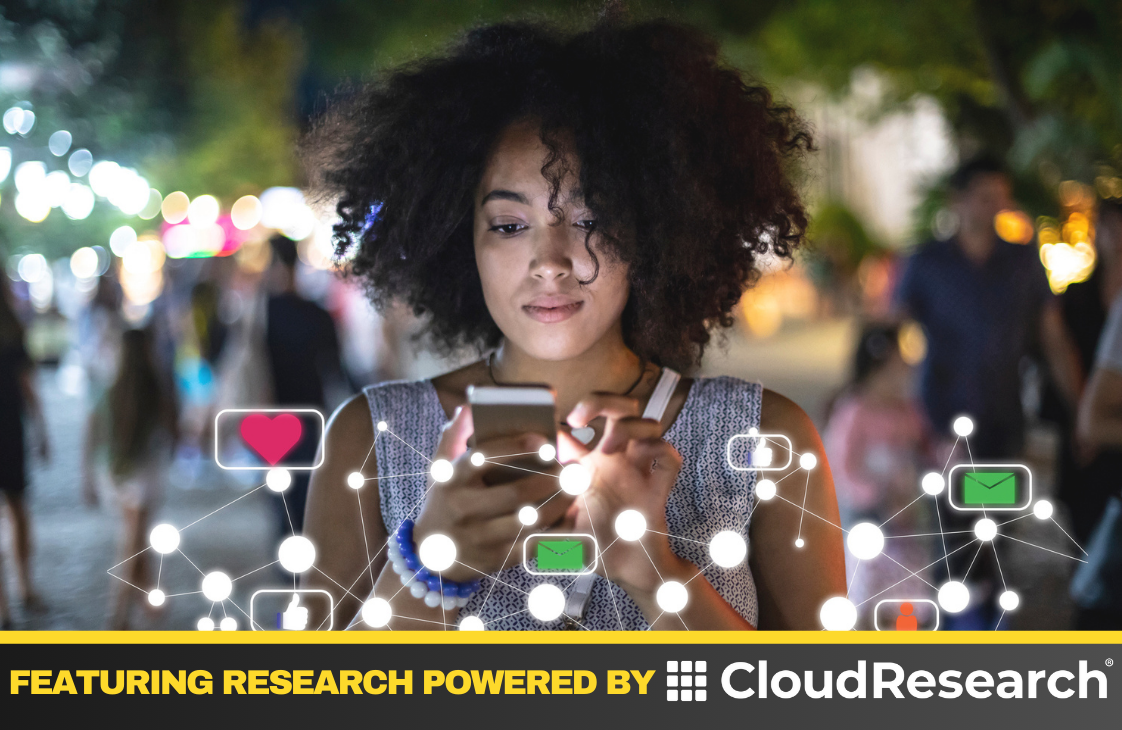Exploring the Hidden Link Between Obsessive-Compulsive Disorder and Problematic Smartphone Use

People tend to use their smartphones for many of their waking hours. On average, Americans spend 3.5 hours on their smartphone each day. Researchers have tried to better understand this global phenomenon, focusing on how smartphone use can cause negative outcomes. Problematic Smartphone Use (PSU) describes smartphone use, that results in life deficits, such as shortfalls in work, school, and sleep.
What Contributes to Problematic Smartphone Use (PSU)?
Researchers have examined the influence of psychopathological variables on the development of PSU, finding, for example, that both anxiety and depression contribute to PSU. Compensatory Internet Use Theory (CIUT) suggests that people use their smartphones to reduce any negative feeling or emotion they have. In other words, by browsing YouTube on your smartphone, you can temporarily distract yourself from your anxious or depressive thoughts. It is important to point out that CIUT explains that people cope with negative affect with technology use, and not that technology use causes problematic outcomes.
One psychiatric disorder that may influence the extent an individual develops PSU is Obsessive-Compulsive Disorder (OCD). Estimates suggest that 2.3% of the population have OCD, with symptoms ranging from fears of contamination, symmetry, religion, doubt and more.
How Does Obsessive-Compulsive Disorder (OCD) Relate to Problematic Smartphone Use (PSU)?
In addition to understanding if individuals with OCD score higher in PSU, my research team was interested in understanding if factors such as Fear of Missing Out (FoMO), Inhibitory Anxiety, or Boredom Proneness might influence the relationship between OCD and PSU. To test these research questions, my undergraduate research team at the University of Cincinnati Blue Ash College and I conducted a research study published in Current Psychology.
In our study, we had a sample of 438 CloudResearch Connect participants complete a series of questionnaires. We were amazed by how fast we were able to recruit this sample on Connect, as after a few short hours we had our sample and started analyzing the data. Not only did we recruit the sample quickly on the Connect system, but we found the data quality was exceptionally good as very few participants failed our attention check items. Moreover, the price of the study was outstanding given the quality of the data.
Key Findings: The Link Between OCD and Problematic Smartphone Use (PSU)
In our study, we found that participants with higher OCD scores also scored higher in PSU. We also found that FoMO and Boredom Proneness help explain the relationship between OCD severity and PSU.
Main Takeaways: Implications of OCD on Problematic Smartphone Use (PSU)
Based on CIUT it is understandable that people with OCD score higher in PSU than people without OCD. For people with OCD, smartphone use is one mechanism to temporarily distract them from their obsessive thoughts. However, it is important to note that this is by no means a “cure” for OCD. In fact, checking one’s smartphone can be considered a compulsion, providing the reassurance needed to alleviate obsessive thoughts. Therapists working with people with OCD may also need to address PSU. Therefore, therapists should consider this when devising a therapeutic regimen for their patients.
References
Abramowitz, J. S., Deacon, B. J., Olatunji, B. O., Wheaton, M. G., Berman, N. C., Losardo, D., et al. (2010). Assessment of obsessive-compulsive symptom dimensions: Development and evaluation of the Dimensional Obsessive-compulsive scale. Psychological Assessment, 22(1), 180–198. https://doi.org/10.1037/a0018260.
Elhai, J. D., Dvorak, R. D., Levine, J. C., & Hall, B. J. (2017). Problematic smartphone use: A conceptual overview and systematic review of relations with anxiety and depression psychopathology. Journal of Affective Disorders, 207, 251-259. https://doi.org/10.1016/j.jad.2016.08.030
Duke, E., & Montag, C. (2017). Smartphone addiction, daily interruptions and self-reported productivity. Addictive Behaviors Reports, 6, 90–95. https://doi.org/10.1016/j.abrep.2017.07.002.
Howarth, J. (2023). Alarming average screen time statistics (2023). Retrieved 6/24/2024 from https://explodingtopics.com/blog/screen-time-stats
Kardefelt-Winther, D. (2014). A conceptual and methodological critique of internet addiction research: Towards a model of compensatory internet use. Computers in Human Behavior, 31, 351–354. https://doi.org/10.1016/j.chb.2013.10.059.
Lemola, S., Perkinson-Gloor, N., Brand, S., Dewald-Kaufmann, J. F., & Grob, A. (2015). Adolescents’ electronic media use at night, sleep disturbance and depressive symptoms in the smartphone age. Journal of Youth Adolescence, 44, 405–418. https://doi.org/10.1007/s10964-014-0176-x.
Przepiorka, A., Blachnio, A., Cudo, A., & Kot, P. (2021). Social anxiety and social skills via problematic smartphone use for predicting somatic symptoms and academic performance at primary school. Computers & Education, 173, 1–13. https://doi.org/10.1016/j.compedu.2021.104286.
Ruscio, A. M., Stein, D. J., Chiu, W. T., & Kessler, R. C. (2010). The epidemiology of obsessive-compulsive disorder in the National Comorbidity Survey replication. Molecular Psychiatry, 15, 53–63. https://doi.org/10.1038/mp.2008.94.

